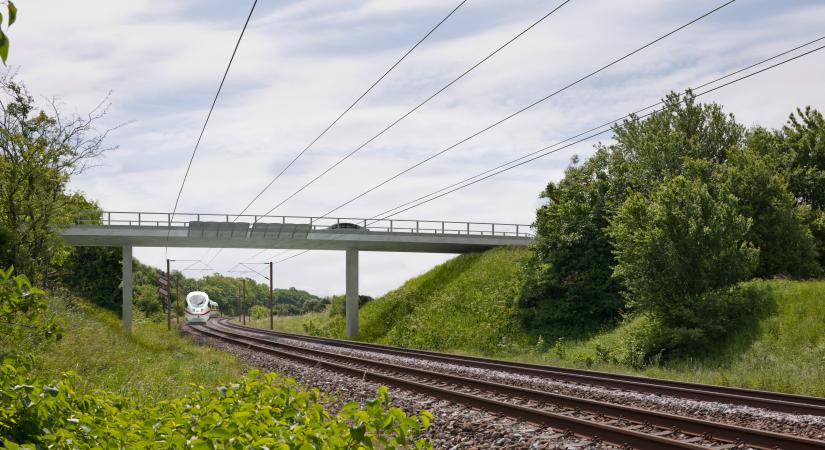Dialogue on the Future of the Tunnel Element Factory in Rødbyhavn is Now Open

Sund & Bælt is now inviting potential operators to a market dialogue regarding the takeover of the tunnel element factory in Rødbyhavn and its continued operation after 2028, when the Fehmarn connection opens.
As the world’s largest concrete element factory, it has significant potential to supply other projects and purposes, such as tunnels, wind turbines, and other future Sund & Bælt projects. The market dialogue also aims to identify additional potential future uses for the factory.
Sund & Bælt expects to tender a long-term agreement concerning the operation, maintenance, and business development of the tunnel element factory and its associated work harbor to an operator starting in 2028.
Creating the Best Possible Conditions
To create the best possible conditions for the takeover of the factory’s operations, Sund & Bælt is now inviting potential companies and organizations to a so-called market dialogue, informs CEO of Sund & Bælt, Mikkel Hemmingsen.
“Winning a concession for the world’s largest element factory is, of course, a large and highly complex task. Therefore, it is crucial that we engage in dialogue with potential actors to understand their needs, competencies, and opportunities. This enables us to create the right framework for the future operation and development of the factory,” says Mikkel Hemmingsen.
The Factory is Here to Stay
The decision to retain the element factory was passed by the Danish Parliament on December 14, 2023. The law ensures that the factory and the work harbor in Rødbyhavn can be preserved and continue under state ownership through Sund & Bælt, once the production of tunnel elements for the Fehmarn Belt Tunnel is completed.
The factory can, in principle, produce many types of products for various purposes and projects such as tunnels or wind turbines.
The market dialogue consists of an introductory meeting and a tour of the factory in Rødbyhavn. Additionally, interested operators will be asked to complete a questionnaire, after which the further process will commence.
The insights from the market dialogue will be used to draft a tender for a long-term agreement, expected to take effect from 2028.
Facts
The element factory in Rødbyhavn is the largest of its kind in the world. It consists of three production halls designed to produce the 89 concrete elements needed for the Fehmarn Belt Tunnel.
A key part of the facility is the large work harbor, which ensures easy access to raw materials and the shipping of elements.
The total production area is 1.5 million m², equivalent to approximately 210 football fields.
It is estimated that society will save both resources and costs by retaining the factory, as upcoming infrastructure projects can be realized with savings in both time and money.



